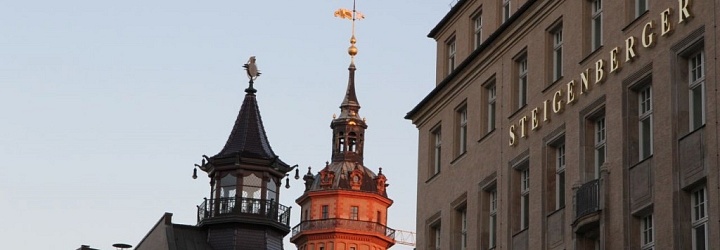Normal assumption is that cities just grow and grow. That has been the norm in the west during the 19th and 20th centuries. At first the growth was largely due to industrialization. As factories established themselves and drew workers to them, small communities grew larger. During the 20th century the migration into urban areas continued as cities became even more important in the modern economy.
More recently, however, urban planners have been confronted with a phenomenon that is becoming more common: the shrinking city. While the trend in Europe and North America has seen cities expand due population booms caused by childbirth and migration into the cities (from other areas in the same country, or due to immigration), there has been a counter-trend that has seen some cities shrink. Many cities of the American rust belt – Detroit, Buffalo, Cleveland – have seen their populations drop by over 50% since their peaks in the 1950s. People have moved to the suburbs, or have moved away completely in search of economic opportunity.
This has been the case in the states making up the former East Germany. Since reunification in 1990, the cities in the east have seen their populations decline markedly. With that decline has come large vacancy rates in housing and office/retail space, a shrinking tax base for the cities themselves, and other difficulties associated with urban decline.
Leipzig is one city that seems to have reversed this trend. Its population is stable and showing signs of growth, and it is often regarded as a city that has turned the corner that other cities in eastern Germany wish they could turn as well.

